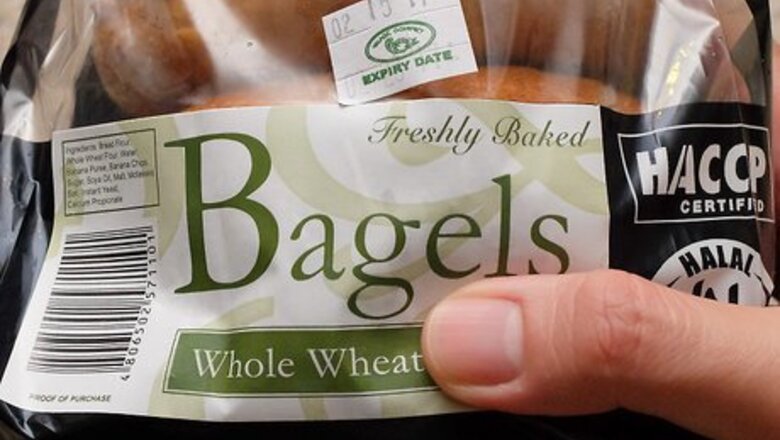
views
Finding Healthy Options

Choose whole-grain over processed grain bagels. Whole-grain bagels will retain some of the fiber from the grains themselves, and boost the bagel’s health benefits to your body. Whole-grain bagels will also fill you up more quickly, and provide your body with more substantial nourishment, allowing you to stay full for longer. You can find whole-grain bagels at your local grocery store. If the store also has a health-foods section, look for bagels there also. The health section may contain multiple varieties of whole-grain bagels. Even allegedly healthy “everything” bagels are made with refined wheat flour, and does not carry the health benefits of whole-grain bagels.
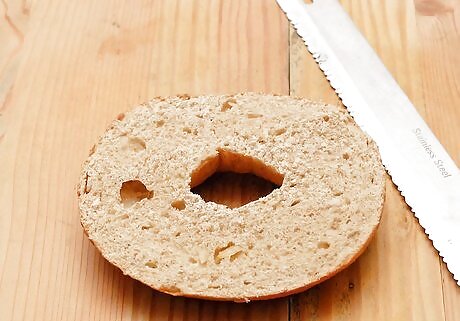
Eat a mini-size bagel, or cut your bagel in half. In order to decrease the amount of carbohydrates and fiber-less calories that you’re taking in when you eat an entire bagel, instead eat a mini-sized bagel. Mini bagels are sold at most grocery stores, and come in bags which contain 12 individual mini bagels, each about three inches diameter. If your grocery store has a variety of types of bagel, purchase the whole-grain option. Alternately, only eat half of a bagel for your breakfast or lunch. Due to their high carb content, bagels are surprisingly filling, so you likely will not be hungry for the second half after polishing off the first. If you cut the bagel in half and put one half away before you start eating the second, you’ll be less tempted to eat the entire bagel.
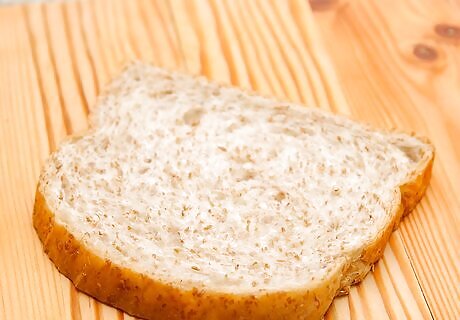
Eat a whole-grain English muffin or slice of whole-wheat bread. Since bagels lack fiber and provide little nourishment to your body (other than copious amounts of carbohydrates), why not skip the bagel altogether and choose a similar but healthier option. Whole-grain English muffins or whole-wheat bread can be topped with any of the spreads or ingredients that you would put on your bagel. The fiber present in these bagel substitutes will decrease the speed at which your body digests them, and so allow your body to use the bagel as fuel for a longer period of time. This will result in fewer of the bagel’s calories being converted into sugar, and eventually into body fat. When selecting a whole-grain English muffin or whole-wheat bread at your local grocery store, look for options that contain at least 5 grams of fiber per serving.
Avoiding Unhealthy Toppings
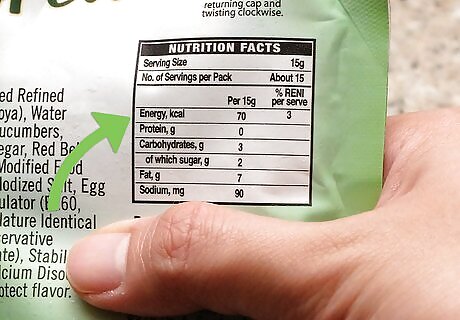
Watch the calories you’re adding. Popular bagel spreads can vary widely in caloric content; before you smear peanut butter on your bagel, compare its calories with other common spreads. Cream cheese contains relatively few calories, although it’s higher in saturated fats: 2 Tbsp contains 98 calories and 10 grams of fat. Compare that with 2 Tbsp peanut butter (188 calories, 16 grams of fat) and 2 Tbsp of butter (200 calories, 22 grams of fat). If you’re preparing a healthy breakfast, opt for fewer calories when you can. Bagels are already a high-calorie food: an average bagel contains about 350 calories, and between 50 and 60 grams of carbohydrates .
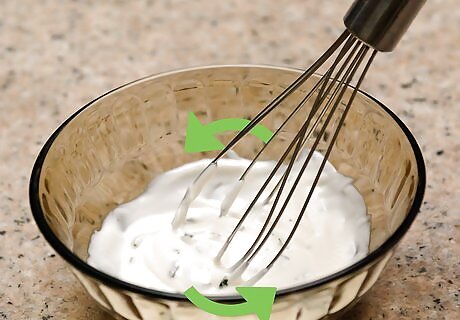
Make your own spreads. Most store-bought bagel spreads are high in either calories or saturated fats. To avoid this problem and to accommodate your own flavor preferences, try making your own spread. For example, for a tangy, Mediterranean flavor, top your bagel with plain Greek yogurt. If you’d like a more complex flavor, mix in herbs such as parsley or mint. You could also purchase or make your own nut butter (for example, almond butter), which will contain more healthy fats than grocery-store-brand butter or peanut butter.
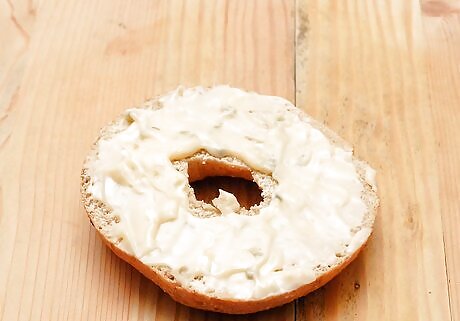
Top your bagel with a low-fat option. Grocery stores offer plenty of low-fat spreads that will decrease the fat and caloric content of your bagel overall. Look for low-fat cream cheese, or low-fat spreadable cheeses such as Laughing Cow: a single wedge contains only 2 grams of fat and 35 calories. Other low-fat options—that still contain healthy amounts of protein—include hummus and low-fat cottage cheese.
Preparing a Healthy Bagel
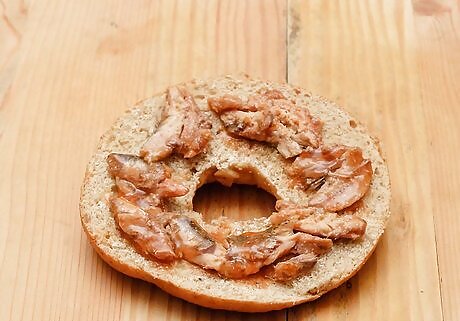
Opt for more protein. Bagels themselves lack protein altogether (along with other nutritional components including fiber and minerals). You can make up for this deficit by adding protein of your own. Lox (brined salmon) is a popular topping—typically layered on top of cream cheese and served with tomatoes and capers—and 3 ounces of lox contains 17 grams of protein. Focus on adding lean meats and non-fried protein to keep the fat content of the bagel low. While piling on the fried eggs and bacon will give your bagel protein, these foods will also increase calories and fats. Rather than adding an entire egg, add only the egg whites for added protein without excessive calories.

Add vegetables to your bagel. Don’t just smear on veggie-based cream cheese; top your bagel with cut or chopped vegetables to increase the fiber content and to add important vitamins and minerals that bagels themselves do not contain. If you’re scrambling some eggs (or egg whites) to put on your bagel, throw in some chopped bell peppers or chopped artichoke spears. Alternately, add a sliced tomato to the bagel. If you have enough time in the mornings as you prepare breakfast, consider roasting vegetables to add to your bagel. Roasting veggies draws out their naturally sweet flavors; try roasting sliced zucchini or eggplant to add flavor and texture to your bagel.
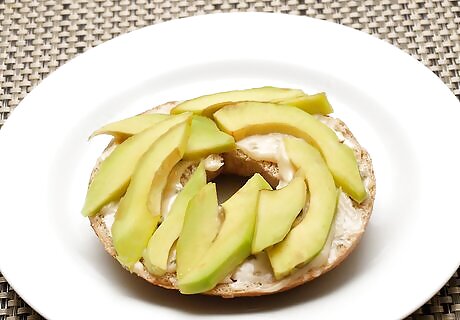
Add avocado and dill to your bagel. Avocados are high in healthy fats and rich in flavor. Paired with dill and served on top of cream cheese, an avocado makes a delicious and filling topping for your morning bagel. First combine 1 Tbsp of chopped fresh dill with 2 Tbsp of a low-fat cream cheese or Greek yogurt. Mix these ingredients and spread on your bagel. Slice a ripe avocado, and place it on top of a toasted and smeared bagel. Sprinkle the bagel with salt and pepper to taste, and eat before it cools off.














Comments
0 comment